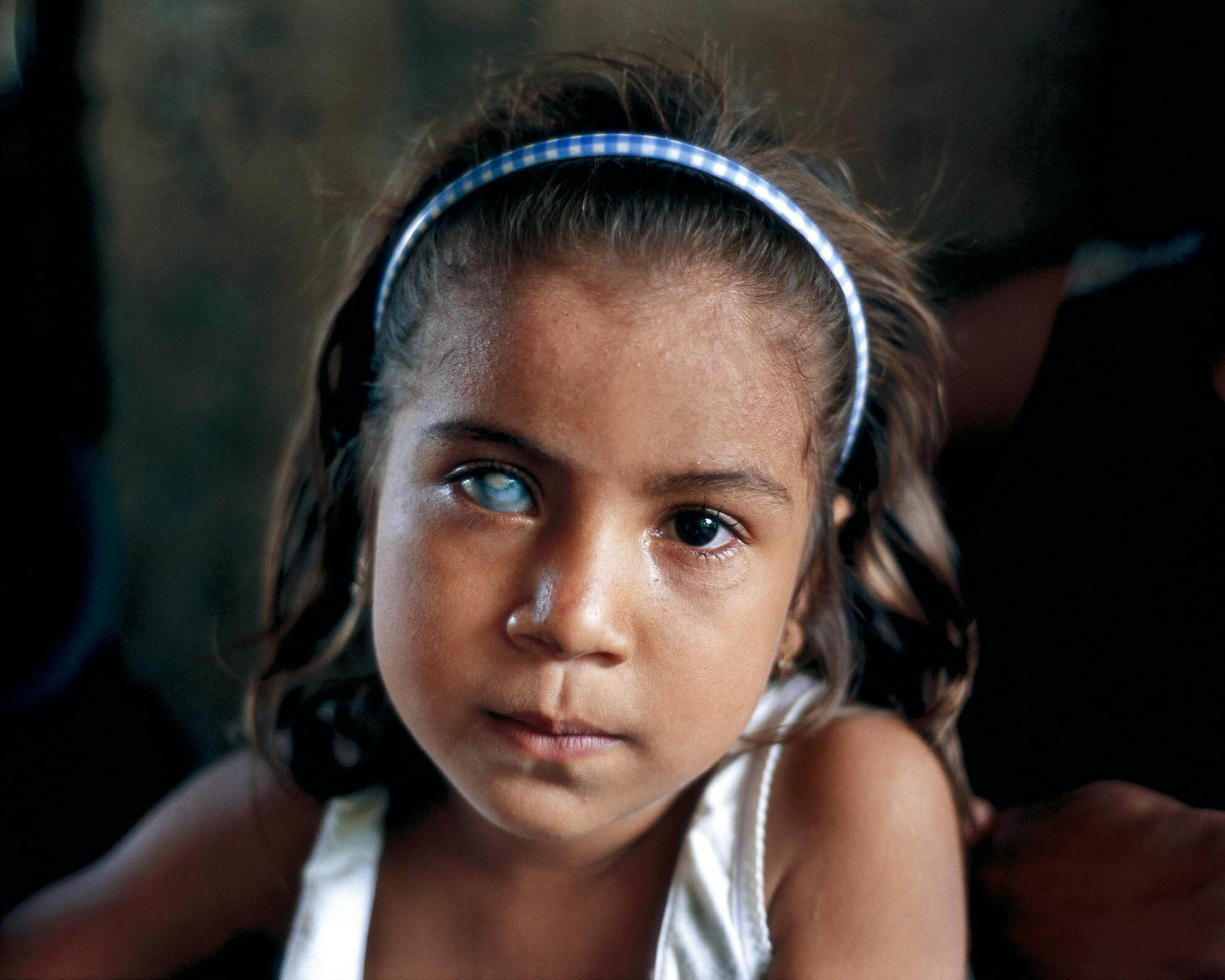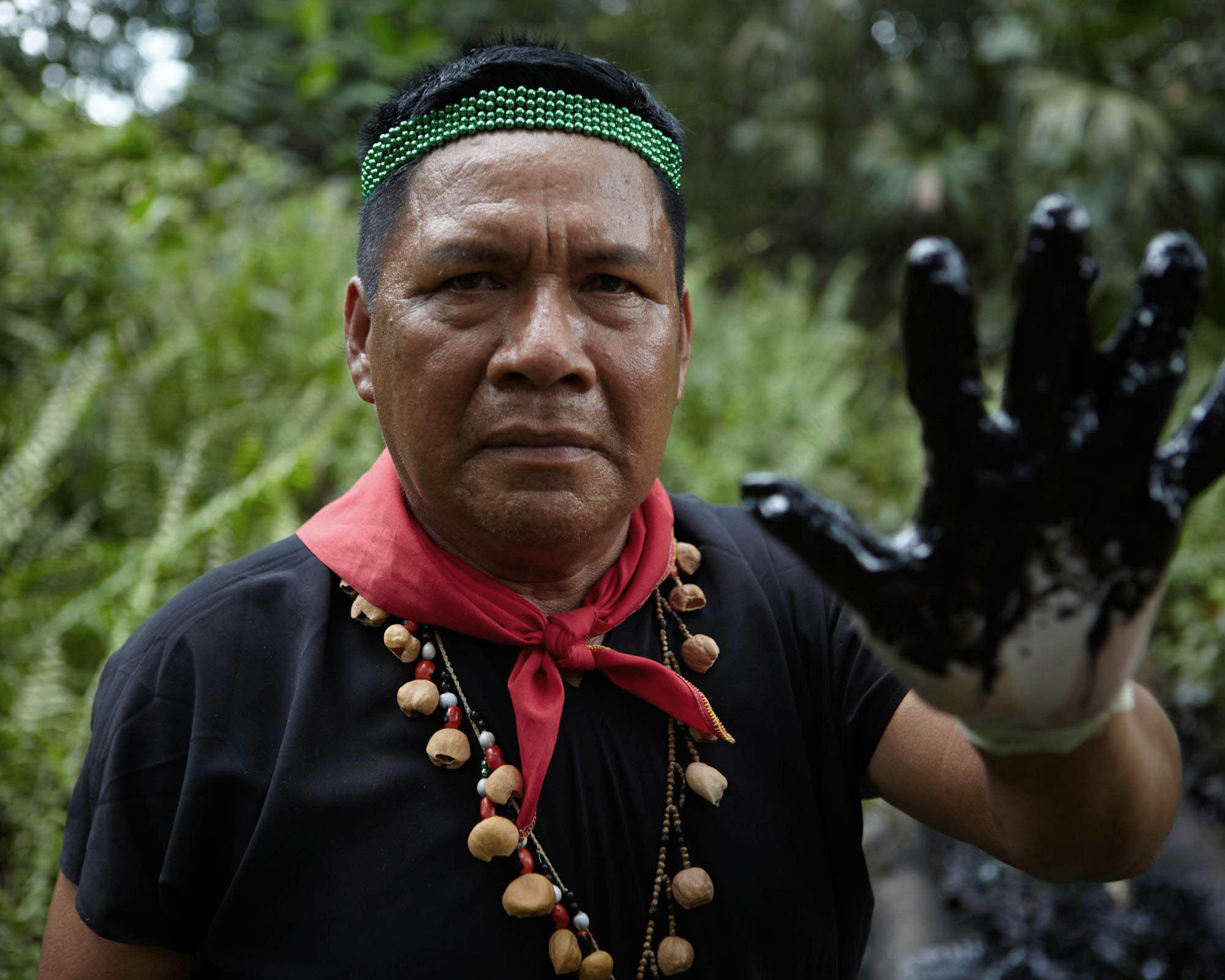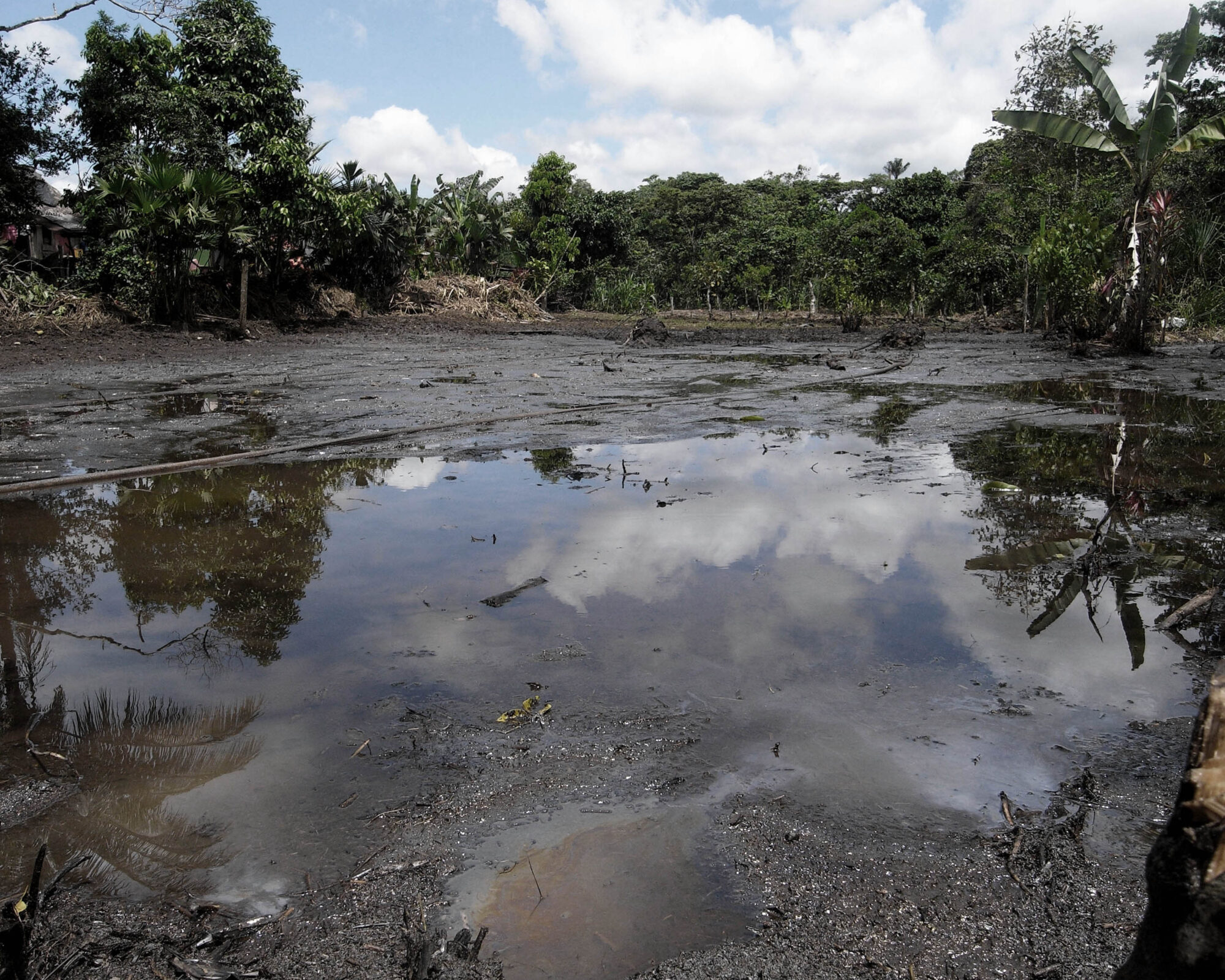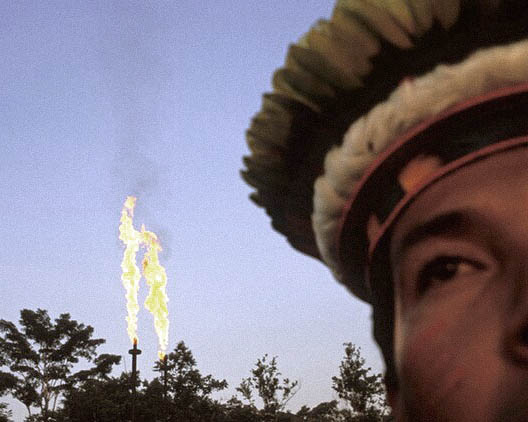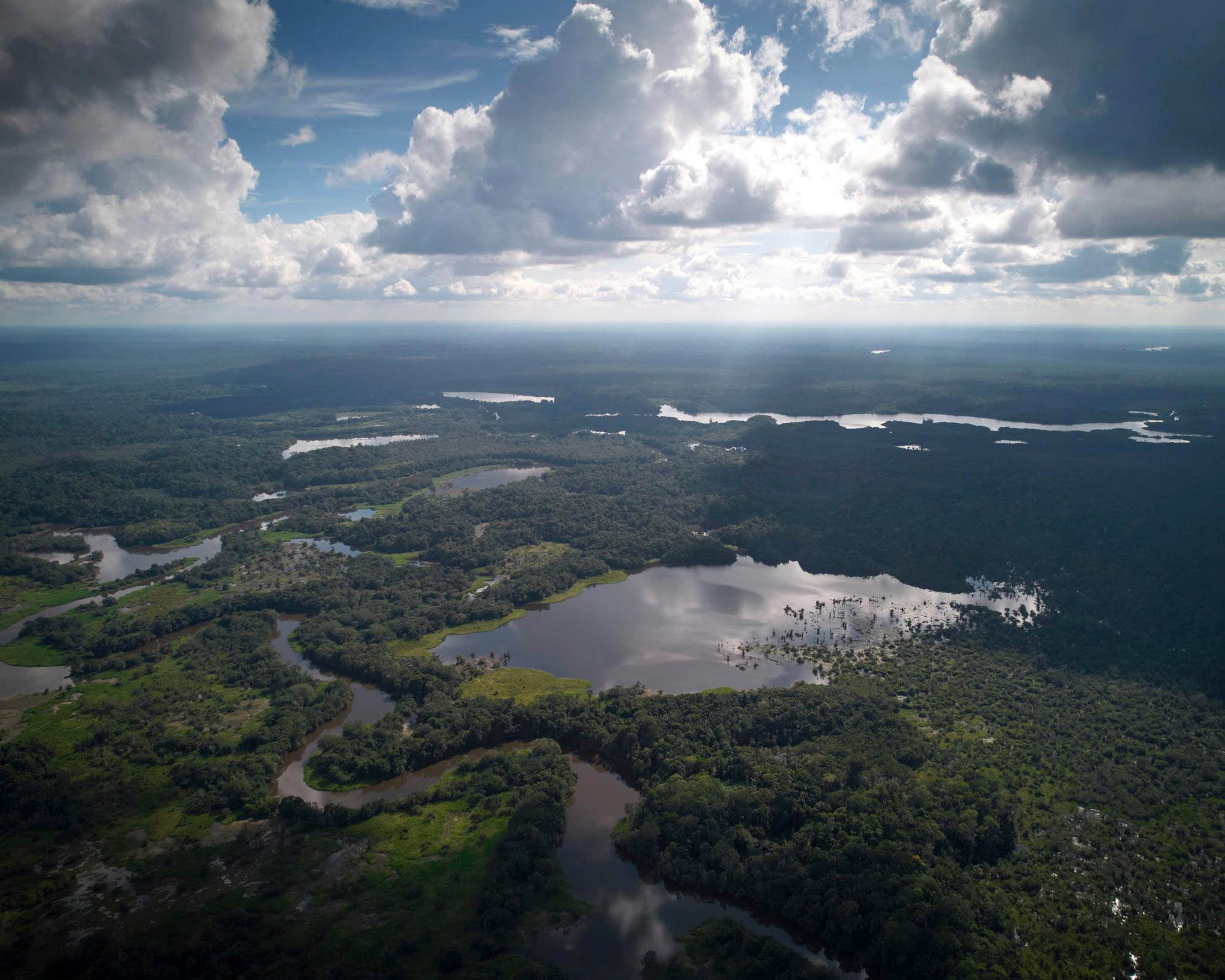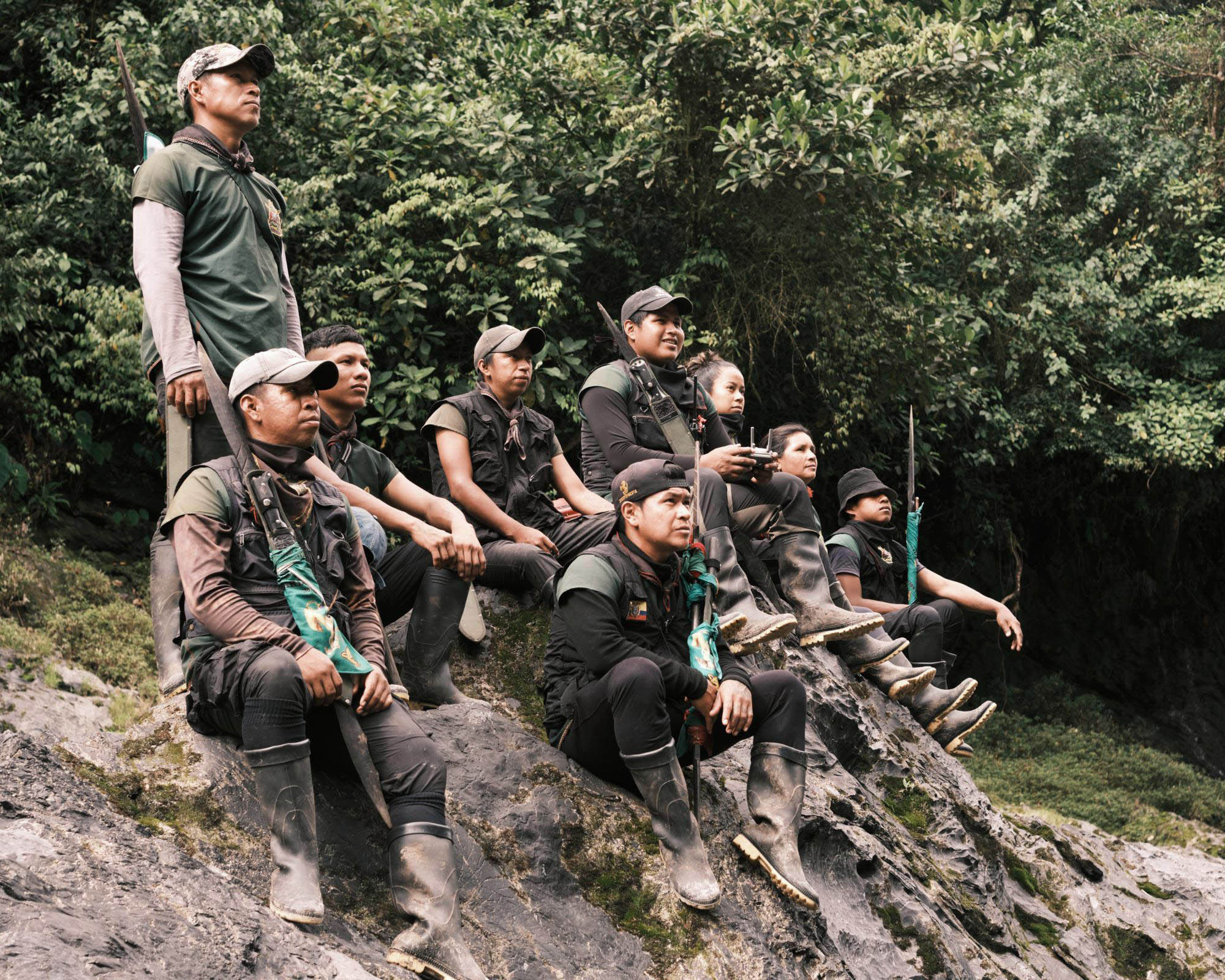For “Der Spiegel” I wrote about the aftermath of the oil pollution in the regions Sucumbíos and Orellana in Ecuador, where people feel the human and environmental consequences every day.
In the 70s and 80s, the US oil company Texaco allegedly set off one of the world’s far-reaching environmental disasters. It installed open oil pits in the Amazon region and dumped an estimated 19.3 billion gallons of oil field brine into the environment —contaminating soil and water. In 1995, Texaco reached an agreement with the Ecuadorian government and pledged $40 million for a remediation program. Around a third of the toxic pits were to be cleaned up. After the remedial measures, the company was released from claims and liability towards the Ecuadorian government. The people affected sought also compensation for the damage caused. In 1993, lawyers filed the first lawsuit on behalf of 30,000 people, including peasants and indigenous communities. Texaco denied the claim. 2001, Texaco was bought by Chevron. Chevron continued to deny the claim, arguing, among other things, that its activities were in line with standards at the time and that Ecuador’s state oil company, Petroecuador, was primarily responsible for the environmental damage.
Over 30 years later, Chevron has not paid a single cent to local communities. Instead, Ecuador must now compensate Chevron for “denial of justice” under a bilateral trade agreement. The Ecuadorian government expects to pay Chevron $2 billion in 2024.
“What is at stake for Chevron is its money, its economic interests, its image”, says a lawyer of the affected people, Pablo Fajardo. “What is at stake for us is life, the dignity of the people and the future of the planet.”



